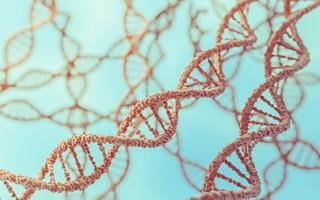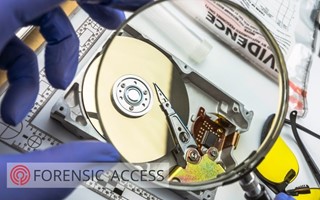Insight January 06, 2022
Dr Philip Avenell, Forensic Biologist and Group Science Director at Forensic Access Group, discussed the risks of contamination in forensic DNA profiling for the Criminal Bar Quarterly Journal. Here we share some of the key takeaways from his article on how to mitigate the risk of contamination when working in this sensitive and highly complex area of analysis.
The risks of contamination are significantly increased as sensitivity of the DNA profiling process increases and therefore careful consideration of all aspects of the sample and its route through DNA profiling are critical.
Contamination could occur at the crime scene, in transit, in the examination process or in the DNA testing laboratory itself. The scientists must consider each of these areas as well as the possibility of person to item, item to item and transfer via an intermediate surface.
Laboratories can go a long way to identify and eliminate contamination by utilising techniques such as elimination databases, which compare the results of all samples processed against staff DNA profiles and other samples processed within the same batch, and strict cleaning and exhibit handling protocols.
Whilst these approaches are highly effective at minimising the risk of an undetected contamination event, they cannot eliminate it. It is worth noting that events which can cause contamination are rarely obvious and identification requires a wider knowledge of a case to identify them.
To illustrate this, let’s consider an example involving a sexual assault. A man was charged with the assault which he strongly denied, but for which he was unable to provide an explanation for his innocence. The only information he could provide was that he had been arrested for an unrelated alleged offence around the same time as the sexual assault.
On review of his case, it was identified that a sample of carpet submitted to a forensic laboratory for body fluid analysis in an unrelated case contained his semen (although it had never been tested). At the same time this item had been examined, the intimate swabs from a victim of alleged rape were also being processed in the same laboratory.
Due to the nature of the examinations in these cases it was identified that fibres from the carpet could have transferred via the laboratory equipment such that they were detected on the intimate samples. Given that the semen on the carpet was not DNA tested, this was not picked up by laboratory contamination checks and so went undetected until we reviewed the case notes.
Another issue we have encountered is that it is often believed by operative staff that sufficient anti-contamination measures are being taken, without an appreciation of the sensitivity of modern DNA testing methods. This might be, for example, when items are recovered from a scene and an individual is wearing protective gloves.
The individual may be wearing suitable clean gloves and consider themselves to be taking anti-contamination measures, but they are only protecting themselves from depositing their DNA onto an item and not from transferring DNA between items, unless they regularly change or clean their gloves.
A lack of regular glove changing or cleaning means material picked up on the glove whilst handling one item may then be transferred to another item. Careful consideration of continuity records and examination/recovery notes may be required to ensure the risk of contamination has been minimised.
In summary, forensic DNA profiling has developed significantly in its ability to assist in solving criminal investigations. The capabilities of the technology have and continue to improve year-on-year. However, whilst the ability to detect and link DNA recovered from a sample to a specific individual has improved dramatically over the years it has, and always will, remain critical to step back from the actual DNA result itself and consider it within the overall context of the case. Issues regarding contamination will always be critical in assessing whether or not the DNA evidence can help address the actual events which took place.
Forensic DNA Expertise
Forensic Access boasts a world-class team of forensic scientists operating in bespoke facilities. All forensic work is carried out to the highest quality standards, which is especially important when working with DNA evidence.
To find out more about our forensic biology services, Tel: 01235 774870 to speak with a member of our team or fill-in our online contact form.


